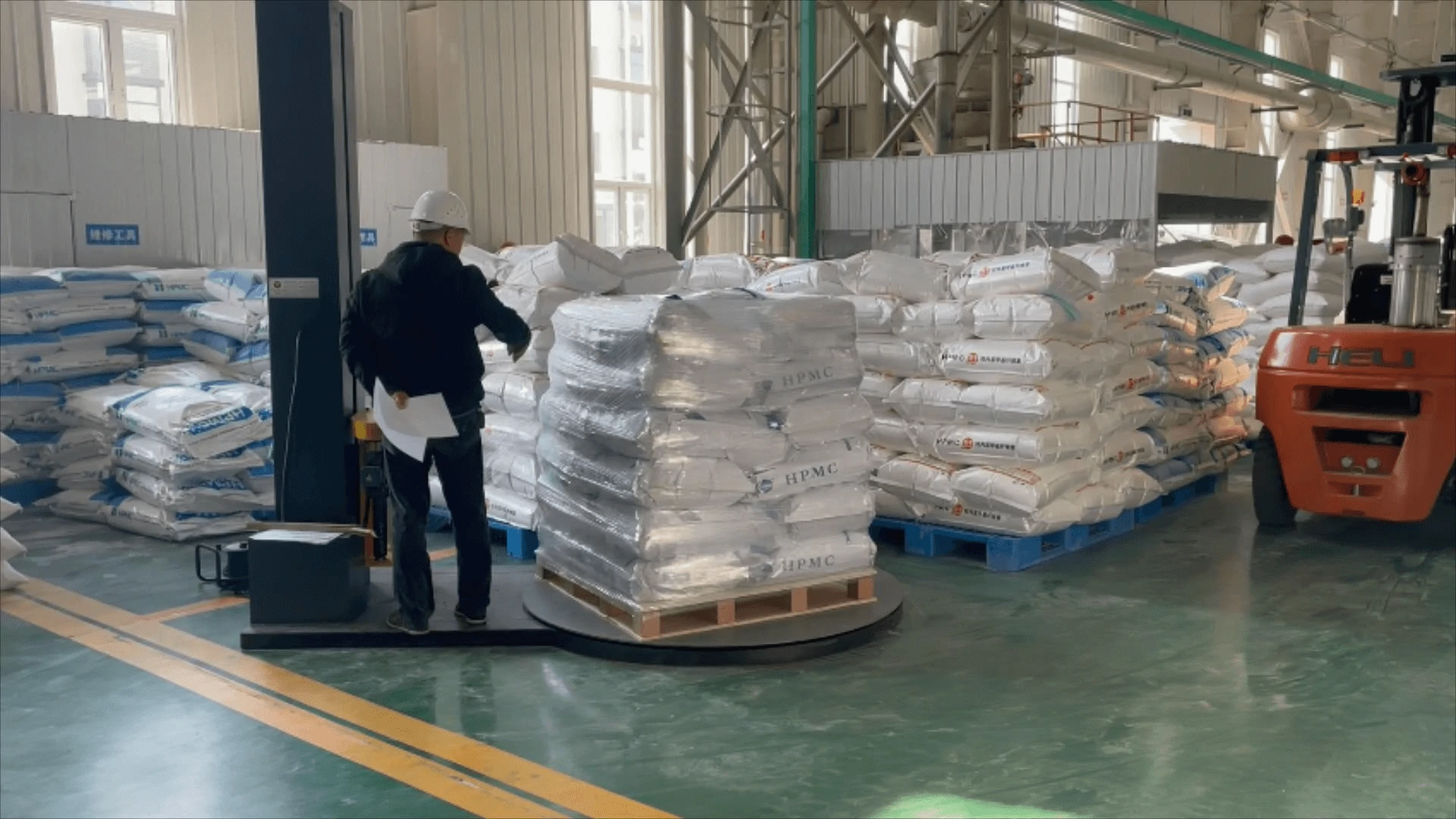
أغسطس . 01, 2024 01:47 Back to list
Understanding the Solubility Characteristics of Hydroxypropyl Methyl Cellulose in Various Solvents
Understanding Hydroxypropyl Methylcellulose Solubility and Applications
Hydroxypropyl methylcellulose (HPMC) is a versatile cellulose derivative that has found extensive applications across various industries, including pharmaceuticals, construction, food, and cosmetics. This article delves into the solubility characteristics of HPMC, highlighting its significance in formulation and product performance.
What is Hydroxypropyl Methylcellulose?
HPMC is a non-ionic polymer derived from natural cellulose. It is modified through the introduction of hydroxypropyl and methoxy groups, which enhance its compatibility with water and other organic solvents. The modifications influence HPMC’s solubility, viscosity, and gel formation, making it an essential excipient in numerous applications.
Solubility Characteristics
The solubility of HPMC is largely dependent on its molecular weight and the degree of substitution—the ratio of methoxy and hydroxypropyl groups present in the molecule. HPMC is typically soluble in cold or hot water, forming a clear and viscous solution. The solubility varies with the concentration of HPMC; higher concentrations can lead to gel-like solutions or pastes rather than true solutions.
Moreover, HPMC demonstrates two different types of solubility. The first type is soluble in cold water, which allows for versatility in formulation processes. The second type, known as thermoreversible solubility, exhibits different behaviors when heated or cooled, enabling it to form gel-like structures upon cooling after heating.
Factors Affecting Solubility
Several factors affect the solubility of HPMC, including
1. Concentration As previously mentioned, increasing the concentration of HPMC can lead to gel formation instead of solubility. This property is harnessed in applications where viscosity is required, such as in thickeners and stabilizers.
hydroxypropyl methyl cellulose solubility

2. Temperature Temperature plays a crucial role in the solubility of HPMC. Generally, higher temperatures increase solubility due to the disruption of intermolecular interactions. However, this can also lead to changes in viscosity and gel formation.
3. pH Levels The solubility of HPMC may be influenced by pH, particularly in pharmaceutical formulations. HPMC is generally stable over a wide pH range, but extreme pH conditions can affect its performance and solubilization.
4. Ionic Strength The presence of salts or other ionic substances in a solution can alter the solubility of HPMC. High ionic strength can reduce chemical interactions and, consequently, the viscosity of HPMC solutions.
Applications of HPMC Based on Solubility
1. Pharmaceuticals In the pharmaceutical industry, HPMC is widely used as a binder in tablet formulations and a film-forming agent in controlled-release products. Its solubility characteristics allow for tailored drug-release profiles, making it an essential excipient in modern formulations.
2. Construction In building materials like cement, HPMC is employed as a thickener and water-retention agent. Its ability to dissolve in water enhances the workability of mixtures, improving the performance of mortar and plaster.
3. Food Industry HPMC serves as a food additive, acting as a thickener, emulsifier, and stabilizer. Its solubility properties facilitate the achievement of desired textures and product stability.
4. Cosmetics In the cosmetics industry, HPMC is used as a film-former and thickening agent in creams, lotions, and gels. Its solubility contributes to a smooth texture and ensures uniform distribution of active ingredients in formulations.
Conclusion
Hydroxypropyl methylcellulose is a uniquely soluble polymer with wide-ranging applications driven by its solubility properties. Understanding the factors influencing HPMC solubility is crucial for optimizing its use in various formulations, ensuring efficient delivery and performance. As industries continue to evolve, the significance of HPMC will likely grow, driving innovation and enhancing product efficacy across multiple fields.
-
Versatile Hpmc Uses in Different Industries
NewsJun.19,2025
-
Redispersible Powder's Role in Enhancing Durability of Construction Products
NewsJun.19,2025
-
Hydroxyethyl Cellulose Applications Driving Green Industrial Processes
NewsJun.19,2025
-
Exploring Different Redispersible Polymer Powder
NewsJun.19,2025
-
Choosing the Right Mortar Bonding Agent
NewsJun.19,2025
-
Applications and Significance of China Hpmc in Modern Industries
NewsJun.19,2025







